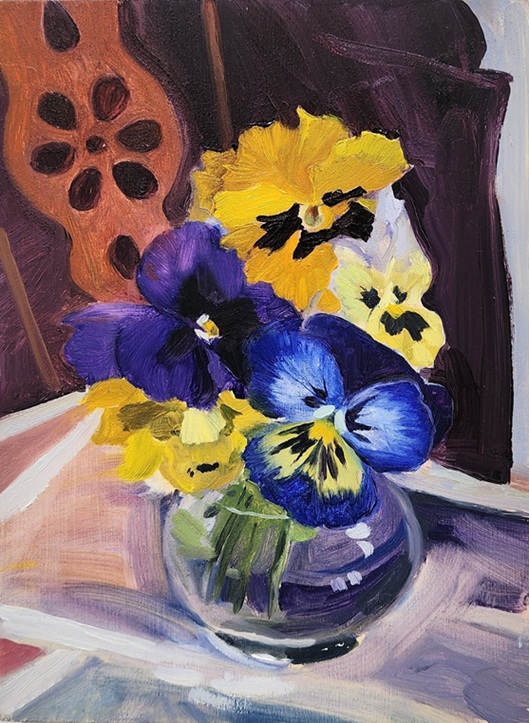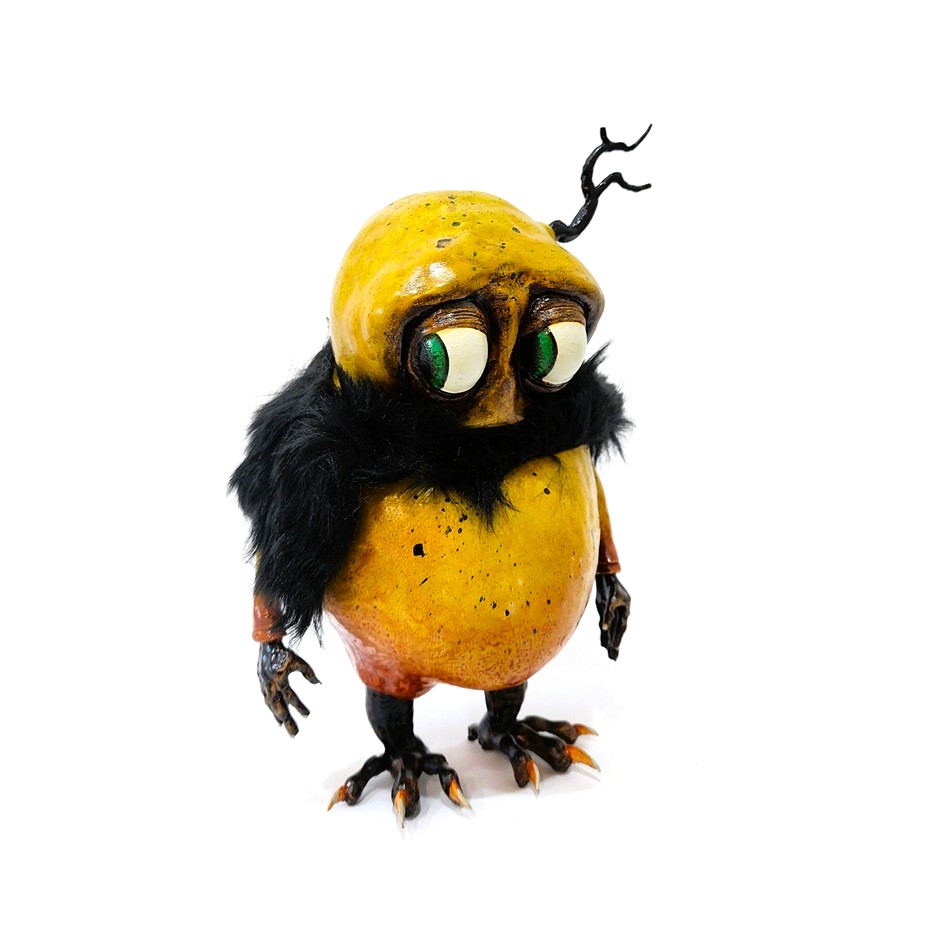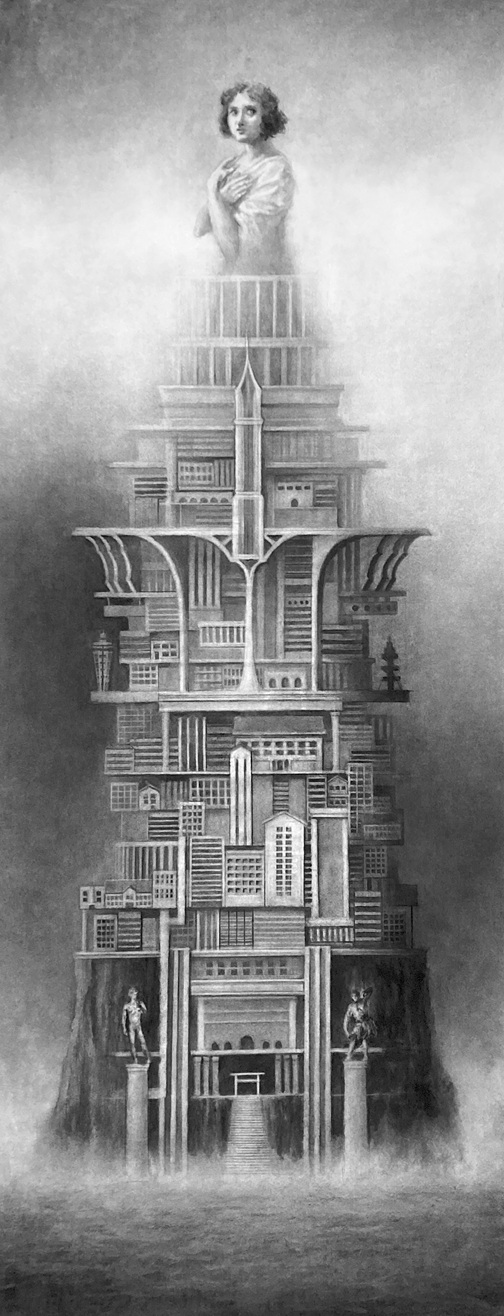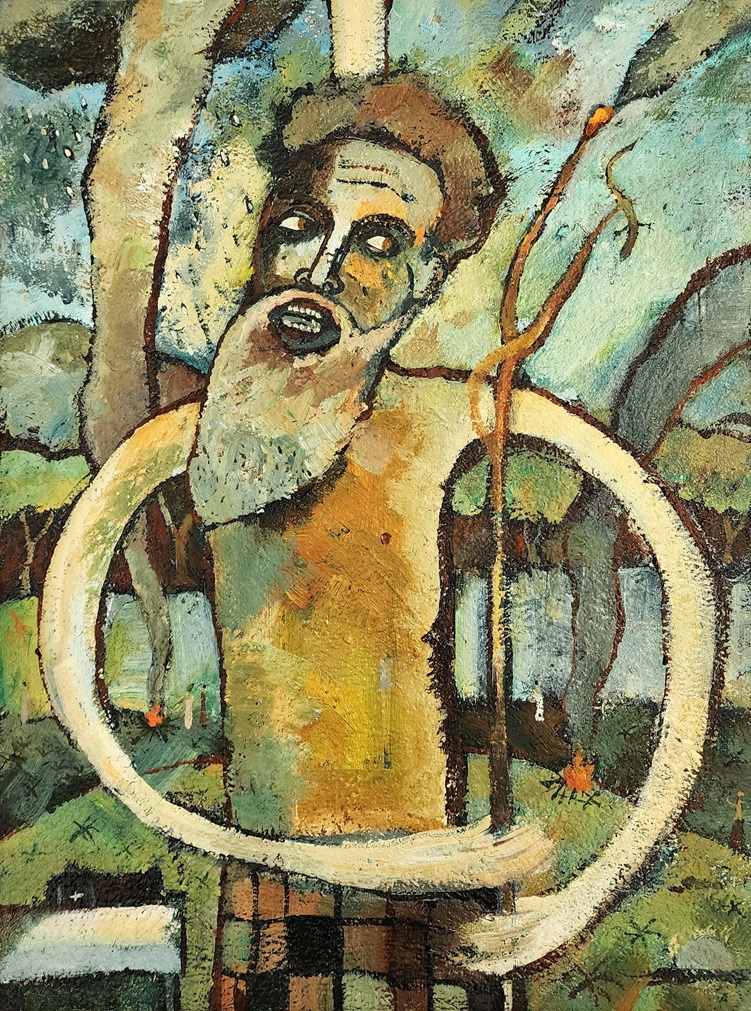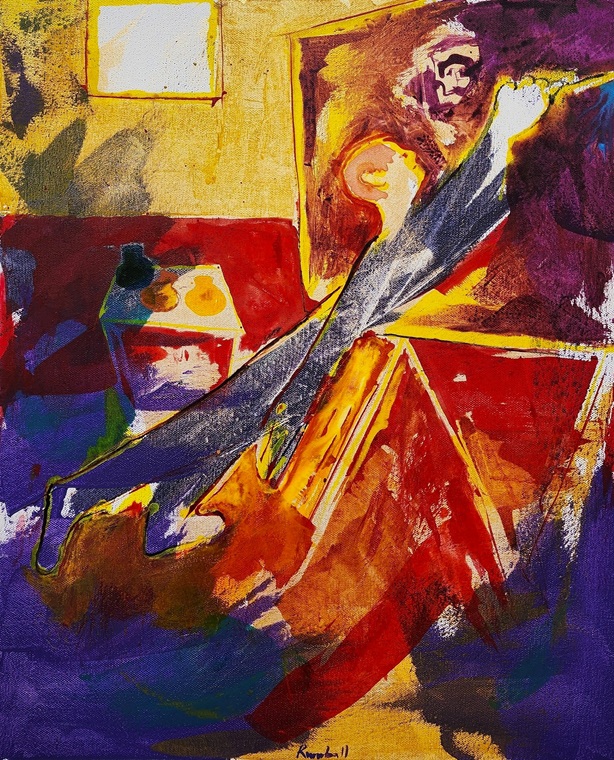Previous Exhibitions
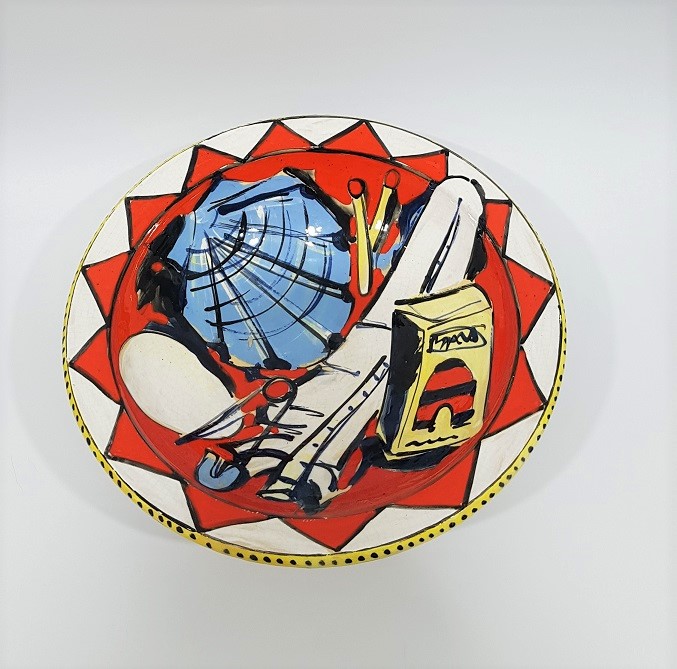
This month we’re going RETRO, with a celebration of Fran Dibble pots painted in the 1980s and 90s.
As Fran and Paul Dibble haven’t painted pots for many years, we hope you’ll enjoy this colourful blast from the past.
Fran kindly provided the commentary for this month's exhibition, which is set out beneath the images. We hope you enjoy this colourful blast from the past!
“Paul was the instigator of Dibble pottery.
It started when he was married to his first wife Patricia (nee Burke). This was the early 1980s, a period when not only was New Zealand art starting to come of age but when there was a strong emphasis on craft; spinners and weavers abounded as well as potters, with enthusiastic participation at all levels.
There sprung up a variety of craft, amongst them small pottery studios where people could buy slip-cast “greenware” (unfired shapes made using liquid clay in a mould), decorate the clay using supplied glazes, and the studio would fire them for you.
The shapes the studios supplied were simple forms, of which I remember only four – a large ‘ginger jar’, a simple bowl, a plate, and a small ceramic box with a lid. It was a craft idea where people could come and get immediate results with minimal skills and without much investment required.
The objects made in these pottery studios were, most often, fairly average. But Paul took this technology and used it to create something special.
The adapting of popular technology is common in artistic practice. It can be seen in the use of encaustic by Jasper Johns and Lichtenstein with his stencils. More recently, New Zealand artists such as Virginia King have used computer-generated CNC machining techniques, and computer printing scans are employed by James Cousins, Chris Heaphy and Sara Hughes.
Paul’s immediate interest in slipware pottery was spurred from a love of the work of Clarice Cliff. At the time the value of the famous ceramicist was largely unappreciated in New Zealand. Paul would pick up pieces for often just a few dollars, at garage sales and second-hand shops. Although moving several times when first coming to Palmerston North, Paul had amassed quite a collection.
The bright cheerful colours appealed to him; paintings that were (then) inexpensive and moved with him easily. Cliff’s vivacious style and her overlap with the work of artists of her time made her pottery of great interest to Paul, and he created his own new versions of Cliff works from the 1930s and 40s.
Another part of Paul’s interest in pottery was for Patricia (Trish), who was a highly creative woman known best for her work in fashion design. Trish had serious health issues, and pottery gave her a focus, with a flexibility of working hours so it could be undertaken in periods when she felt well. Trish’s pottery was marketed mainly at the shop “Real Time” on Ponsonby Road, which was something of an icon in the 80s art scene.
Paul extended the slipware available at the time by creating his own shapes, the most dynamic being a zig zag form influenced by Brancusi columns. Paul employed patternmakers to make wooden ‘positives’, from which he made the plaster moulds into which he poured the liquid clay.
Sadly Trish died in 1983. In the following years Paul continued to work with pottery; sometimes with friends or some of his students, even teaching a neighbour, an immigrant from Holland, who was trying to establish work to gain residency.
After Paul and I married in 1985, I slotted into the domestic routine, and started to create my own pottery pieces.
I helped pour the clay shapes (by this stage we made all the slipware), cleaned them up and even helped design some new forms – one a piece with wide fins, and another a bowl balanced on round balls.
The designs painted by Paul always had a strong spatial and conceptual strand. On one of the zig-zag columns he illustrated workers on a skyscraper building the pot they featured on, a design owing something to the work of artist Fernand Léger [NB: this pot is featured in the images above]. I also remember a very graphic piece depicting two zebras encircling the vase.
On one piece swimmers swam around the circumference of a large sphere; another work depicted a Jesus figure walking on water, a whale under the water acting as invisible support. Paul’s work often contained these elements of humour, and this was a part of the joy of the pottery. It wasn’t as serious a pursuit for Paul as sculpture, so was a place to have some fun.
My biggest contribution in this media was in the shift from slipware to decorating wheel thrown shapes.
The first pots were thrown by Tony Reardon, who lived just outside of Palmerston North in an isolated area near Ballance, where he could fire his wood fuelled kilns and even dig some clay out of the earth. There was always a layer of fog around his house, so it perhaps wasn’t surprising when he eventually left to go to Centrepoint commune in Auckland.
Tony was known especially for his particularly beautiful teapots which poured so well. He was very generous with his time, and we conceived of a joint exhibition at the Manawatu Art Gallery in 1991, in a small gallery room on the ground floor (now replaced with the elevator shaft).
The exhibition was designed to show the two different philosophies (and how different the two pots looked); Tony’s wood fired pieces in natural colours against the works I had painted of scenes and settings in bright colours.
We were going to set the exhibition up like a giant shop window display, the likes of Collinson & Cunninghame (Palmerston North’s department store at the time). But at the last-minute Tony pulled out, and I had to stage it solo.
Later I worked with Stephen Schofield of ‘Rocket Pottery’ and then started using pots thrown by my mother, Joan McIntosh, who had taken pottery up in retirement after leaving medicine.
There were a variety of places the pots were sold; sometimes in exhibitions (such as at the New Vision Craft Gallery at the bottom of Queen Street), but more often as regular stock (the most successful being at the Craft Council of New Zealand on the Terrace in Wellington).
The production was ramped up not just because the pottery suited me, but also as it was a home-based enterprise, where I could earn money to contribute to the family income. Although I had a part time laboratory job (later exchanged for a teaching position at the polytechnic) I had young children to care for. This became more significant when, after losing a baby to cot death, the next child (Phoebe) was advised to use a breathing monitor. Childcare centres were not happy to use the monitor, or to allow her to sleep on the premises.
So, apart from teaching in the evenings when Paul was home, I spent most of my time at home. Many of the designs I painted on pottery were themes that were a sort of celebration of domesticity – playful chickens and roosters, gardens and, most typically, table settings: plates of food on checked tablecloths, a play on the irony of bowls depicting bowls. My later designs used bands of eclectic patterning, with a mixed bag of cultural motifs, allowing for the use of fluid brush strokes. These were probably my most successful works.
Decorating the thrown pots with bright colours and scenes did cause a degree of backlash that I hadn’t expected. The Yamada vision of pottery – natural forms and glaze effects – was somewhat sacrosanct amongst studio potters, and a lot of people spurned my designs at the time. But other people really enjoyed them, seeing them as a fresh new take on pottery.
A mixture of events led Paul and I to stop painting pottery.
The government dropped import tax in the 1990s, meaning that suddenly cheap goods rushed into the country at prices far less than could even be spent on materials alone.
Personally, my own efforts in painting had started to take on more significance, and was where I was focusing energy; my children were now all at school, and I was teaching half time and setting up new courses.
But most significant of all was that Paul’s bronze sculpture had started to flourish and we began to build up the foundry business, where I was learning new skills in welding, mould-making, waxwork and smelting.”
Special thanks to the people who made available from their collections the works on display this month.





















